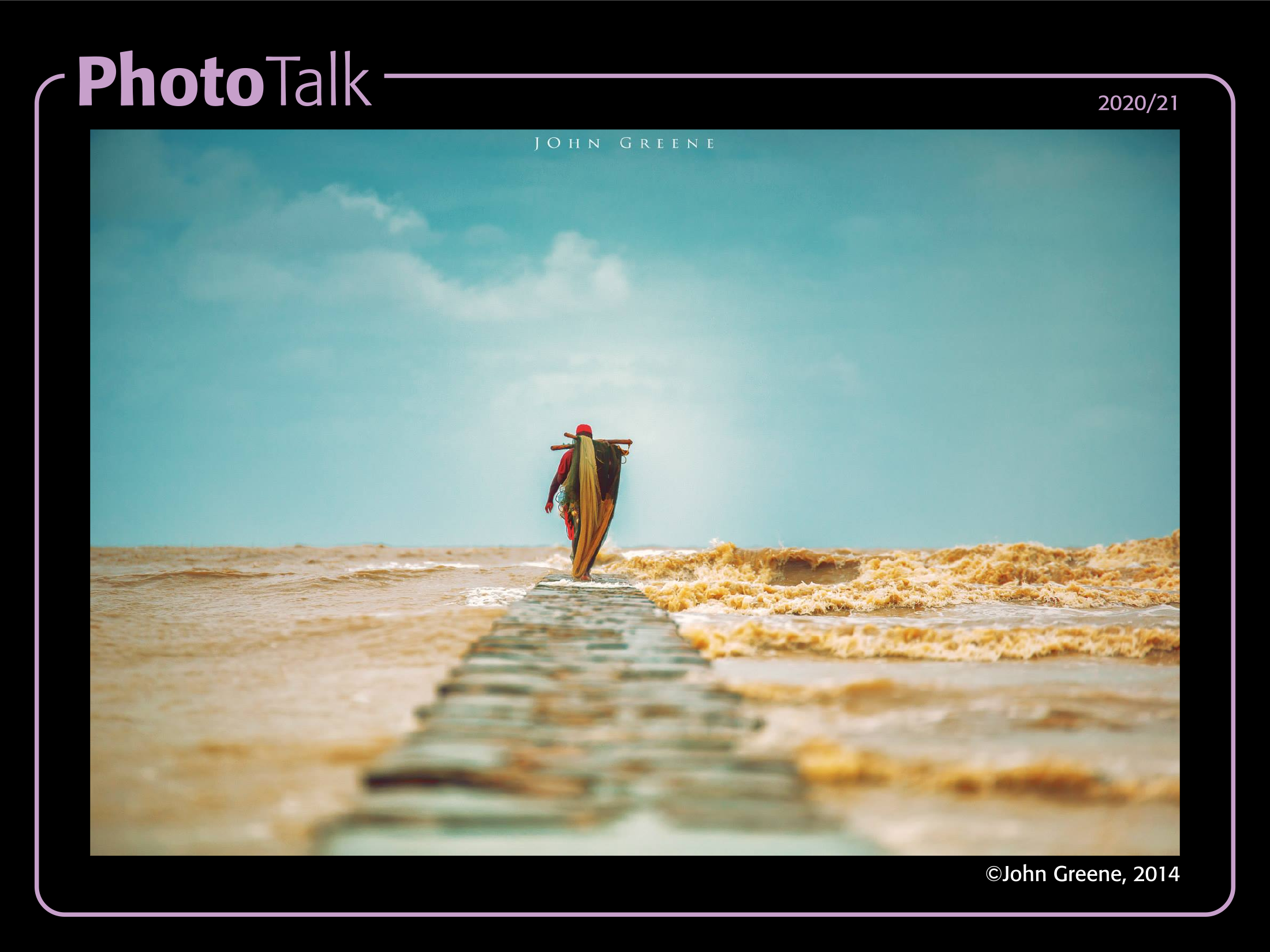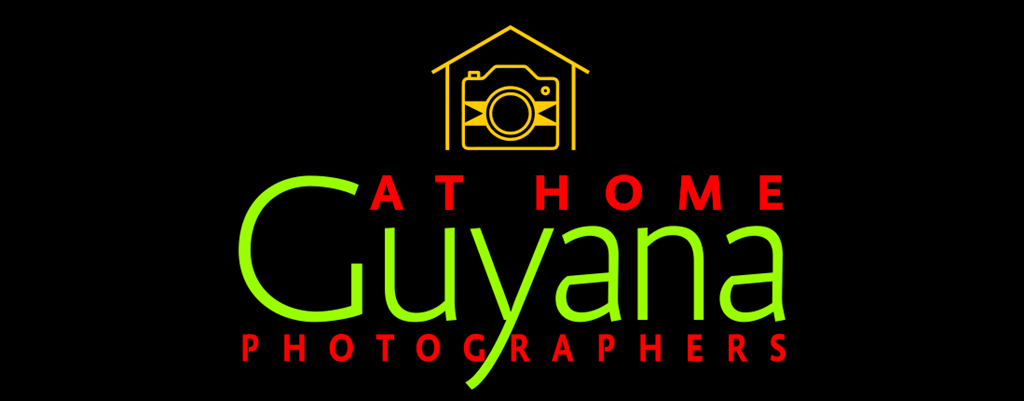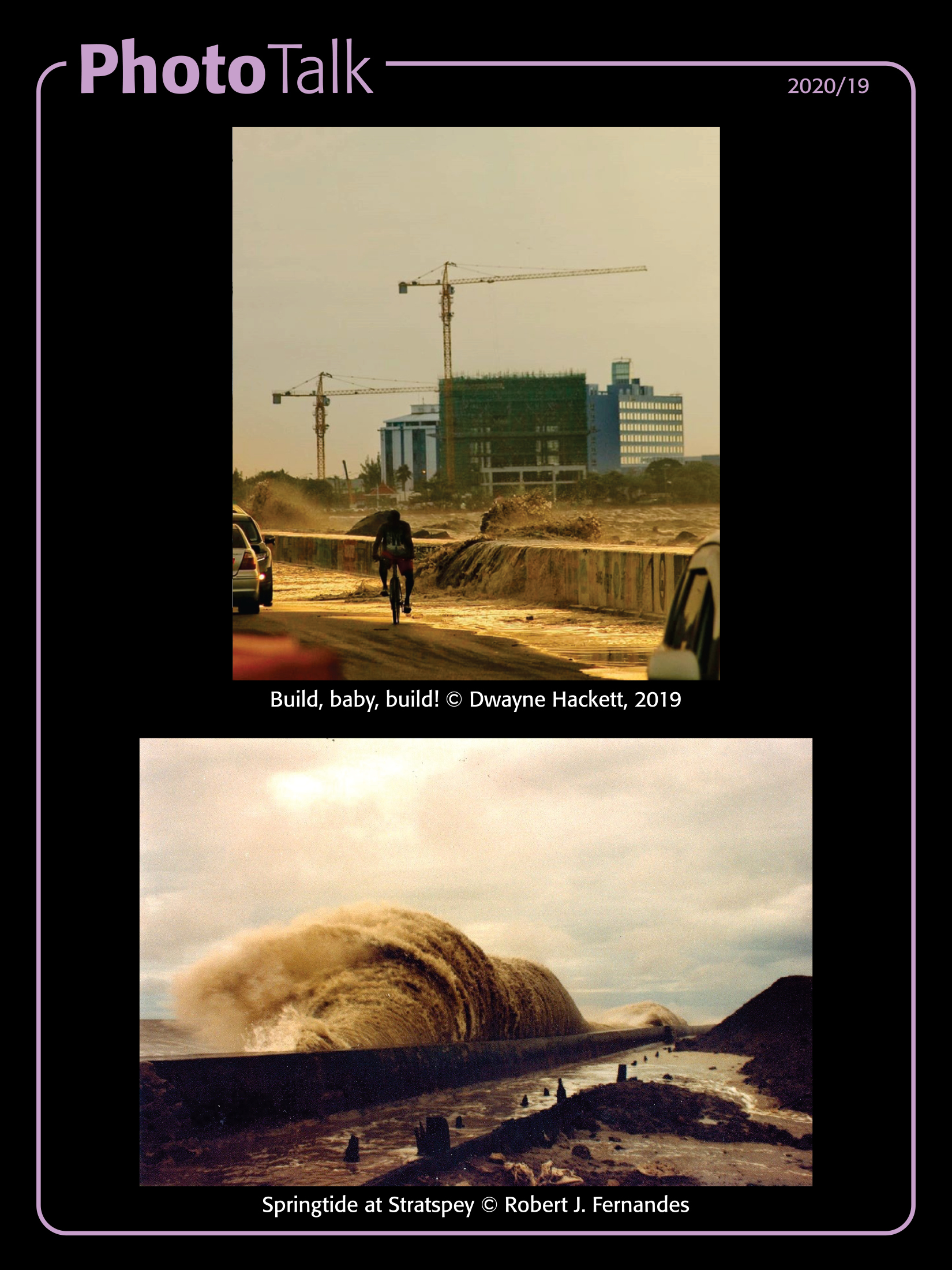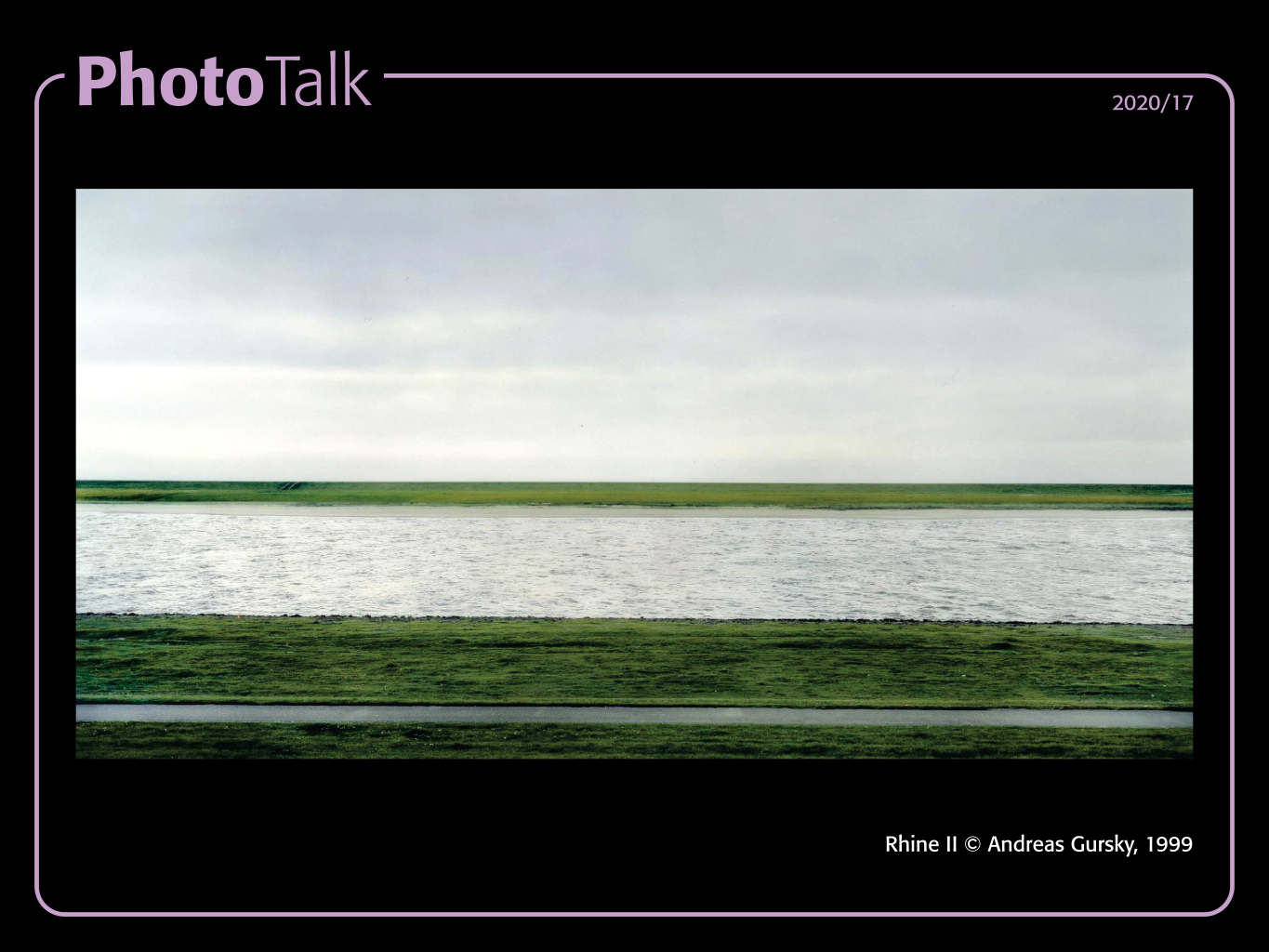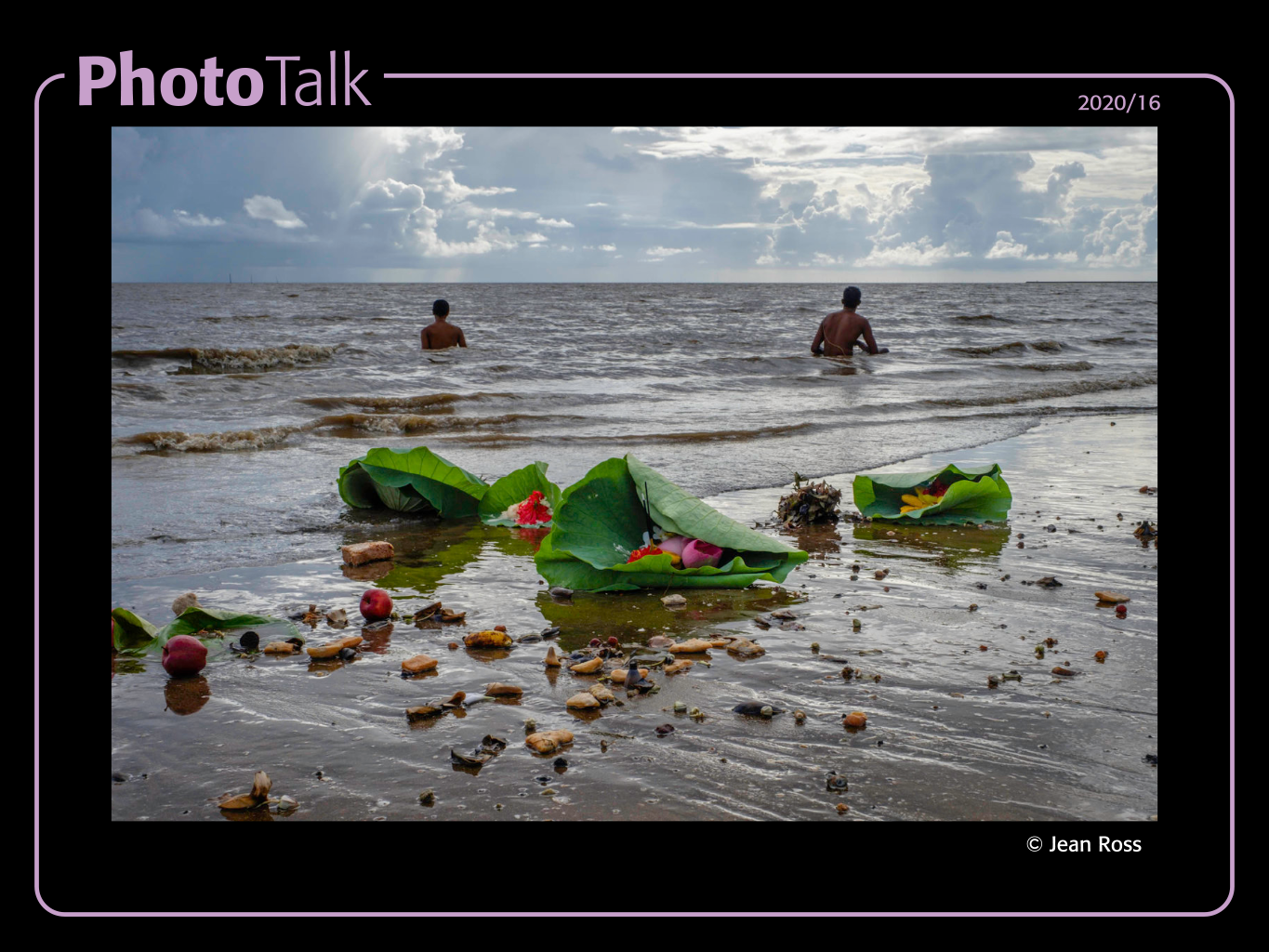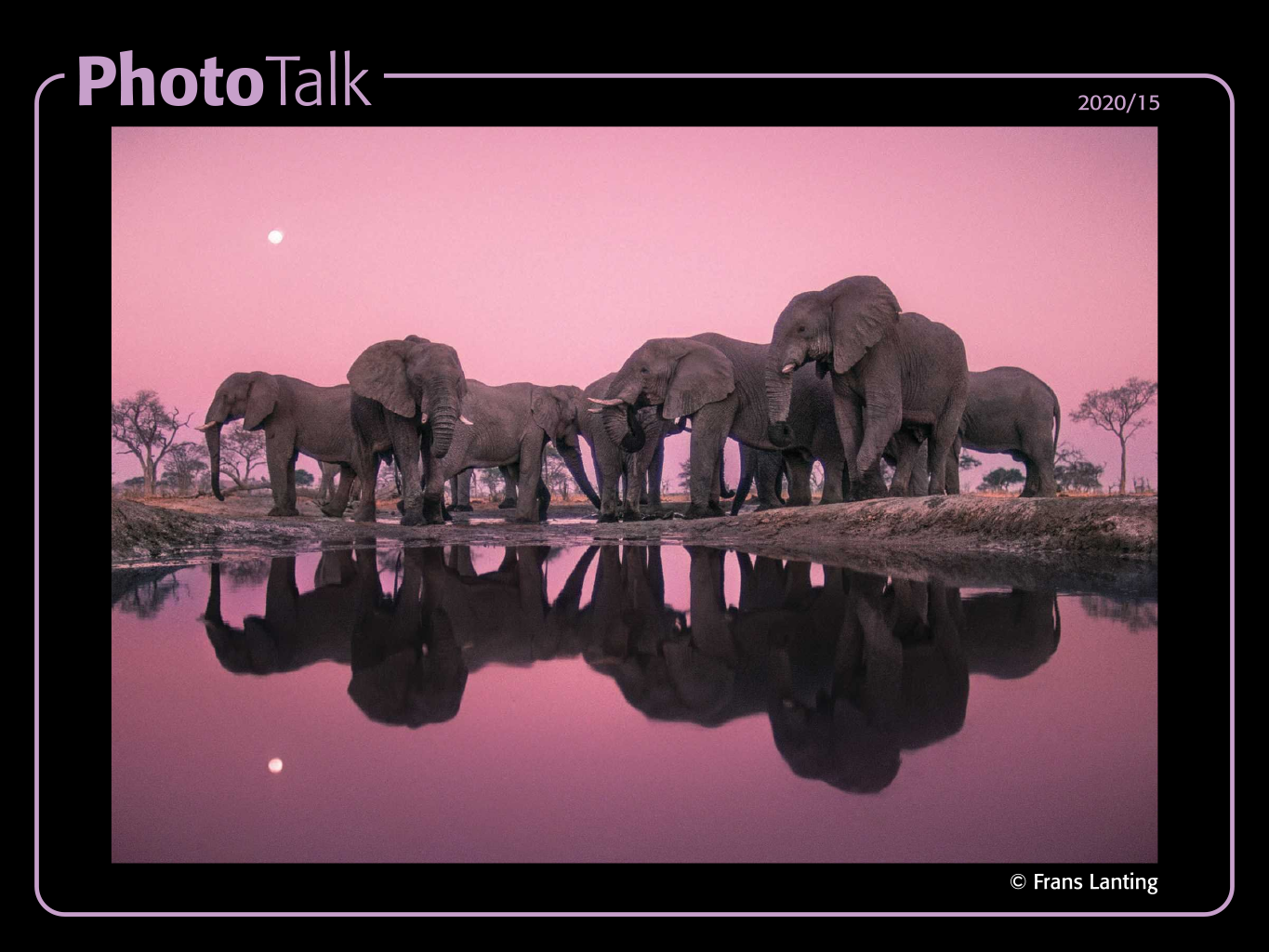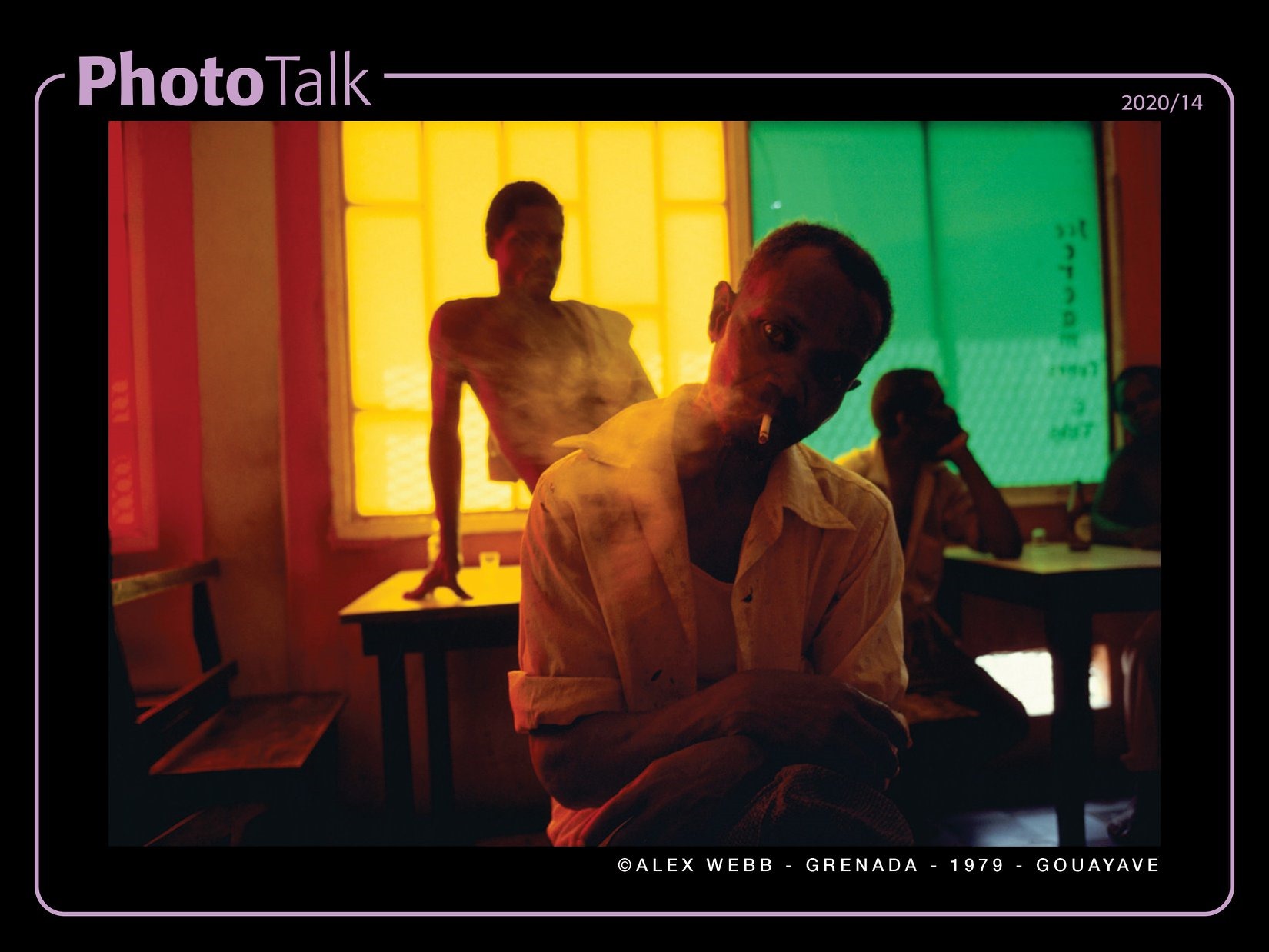PhotoTalk 2020/21
A few of us were out on a documentary project, and I noticed Darrell eyeing up a particular shot, I suspected but wasn’t sure what he was looking for. On asking a bit later, his description pretty much met a photo I knew well, and one that I thought most people knew, well, most local people. He didn’t know the one I was referring to; which brings me to today’s PhotoTalk image.
Before turning his attention to Video, John Greene was well known in photography circles, and in society at large who needed photography services.
This image of his has remained with me for several reasons:
It had the typical John Greene processing in terms of colour and tonality
It captured a scene that was well-known but not often photographed (or publicised through photography)
The composition made it uncomfortable and memorable – and for this I would like to elaborate in comments)
I saw it in more than one local calendar and in printed news media
Paintings like the DaVinci’s Mona Lisa, Van Goth’s Starry Night, Photos like McCurry’s Afghan Girl remain with us because they keep popping up, they are talked about, they remain in reproduction in some form (these days, print and online), they are discussed and they are written about.
For local photographers’ work to achieve this level of recognition, should certain images be identified and promoted? Do any local works stand out? Let’s Talk!!
#PhotoTalk
Original comments and discussion can be seen on the Guyana Photographers’ Facebook post.

